Last week the Chief of Army Lieutenant General Angus Campbell promulgated a minute proscribing the use of “death symbols” within the army, provoking accusations of compromising morale and esprit de corps. Counter-images of Care Bears were invoked.
General Campbell is right, the critics are wrong, and this measure is long overdue.
Symbols are important. As a fourth-generation freemason, I have long understood the value of symbols and allegories to tell stories and teach morals from an age long before literacy. As psychologist Jordan B Peterson has written, humans are hard-wired to tell stories, probably since before we were human at all. Symbols are an inextricable part of the oral history of humanity and have been for tens of thousands of years.
This measure is about much more than a sense of camaraderie through use of symbols. Gen Campbell would not want to take away from that. The issue here is the particular symbols chosen. Campbell cited “outlaws and murderers”, “vigilantes”, “extreme militarism” and “bringers of death”. I don’t think the purpose and result of these symbols is limited to a “Boys’ Own” comic strip kind of fun, although that is part of it. I believe that this is a new iteration of the struggle to contain the role, ethos and identity of the army itself as the servant of the Crown. Whereas some iterations of that struggle are damaging, such as the adoption by some current and former senior army leaders of divisive forms of identity politics, this is not one of those.
As you watch the old diggers at dawn and clap them on parade, look at any war memorial. Carved into the cenotaph is often “For God, King and Country”. Those memorials were funded by the veterans, not the government. The iconography is of rifles, swords, shields, bayonets, helmets, the flag and, above all, the crown and crucifix. Soldiers and officers in conflicts past were under no illusion of who they were and whom they served. For some, this is no longer the case.
Reflective of an overall secularisation of Australian society, the cross and Christian symbols have all but vanished and, at times, have been challenged outright. When the padre conducts a service on deployment – a time when soldiers feel their mortality most acutely – attendance is paltry. That is a trend larger than the army and not one I seek to challenge here. But the Christian symbols and ethos having been driven out does not make symbols any less important.
Former Director of the Army’s Land Warfare Training Centre Dr Michael Evans wrote in 2010 on the loss of Christian knowledge, identity and ethics within the Australian Army and suggested adopting ancient Roman Stoicism as a replacement. His argument was compelling, but I fear it was not only too intellectual in this new age of “postmodernism and anti-rationalism”, it lacks the non-literary symbols necessary for its promulgation.
Lacking the symbols of the present and recent past, many have sought out their own. Alas, they did not invent new symbols, for the deeper meanings of the old were too ingrained, too stirring to resist. Some soldiers have adopted symbols ostensibly from Christianity, but in reality serving a different purpose, usually involving imaginary representations of twelfth-century crusader knights, but often merged with motives not historically attributable to the knights or former military monastic orders themselves. The rub is that those crusader orders did not serve their own interests and ultimately took orders from the Pope, the triple-crowned monarch of the church.
Many also adopted “historical imaginaries” of the Scandinavian heathen war gods Odin, Tir, and Thor and of Ancient Spartans. It is worth remembering that those Germanic and Spartan societies were entirely ruled by their militaries. But more presciently, many of the same symbols have also been adopted by collectivist nationalist groups such as Europe’s “Génération Identitaire” which seek to resist attempts to Islamise the West (fair enough), but at the cost of nativist tribalism. GI also uses the Spartan upside-down V shield, evoking images of King Leonidas and his 300 warriors holding out against swarms of Persian invaders from the East. But in reality, all the militaries in the West have been directly confronting the sharp end of jihad since 2001. It is a threat the military takes most seriously and understands far more deeply than most keyboard warriors.
Men and boys are violent. That’s partly why we exist – to hunt for food and to wage war on those who would harm our families and society. The role of fathers and society generally is not to stamp out violence, but to contain, train, and direct the disciplined use of violence to its most utilitarian end.
Parents and civic institutions must aim to train would-be warriors into soldiers, to nurture wolves into shepherds. Such institutions founded on this ethos such as the Scouting Movement, have either vanished or lost their way in this respect. In 1982, as an eight-year-old cub in Hobart, swearing loyalty to the Queen and saluting the flag was an important use of symbology to develop an ethos of service to society, militarily if need be. But decades of degradation of the reverence for – and attacks upon – those symbols has created a vacuum, something nature abhors.
General Campbell is right to stamp out the use of symbols which would ultimately create an army more like the Praetorian Guard (who picked emperors on a whim and murdered them just as quickly) than the disciplined soldiers who liberated Villers-Bretonneux a century ago this week.
But as the newly appointed leader of the ADF, it also falls to him to instil a renewed sense of fierce loyalty to the state, embodied in the crown, the non-partisan symbol of the whole nation, or else more soldiers will opt to self-identify as warriors
Michael Ayling is an anaesthetist and former army medical officer and a veteran of East Timor, The Middle East, and Afghanistan.
Got something to add? Join the discussion and comment below.
Got something to add? Join the discussion and comment below.
Get 10 issues for just $10
Subscribe to The Spectator Australia today for the next 10 magazine issues, plus full online access, for just $10.

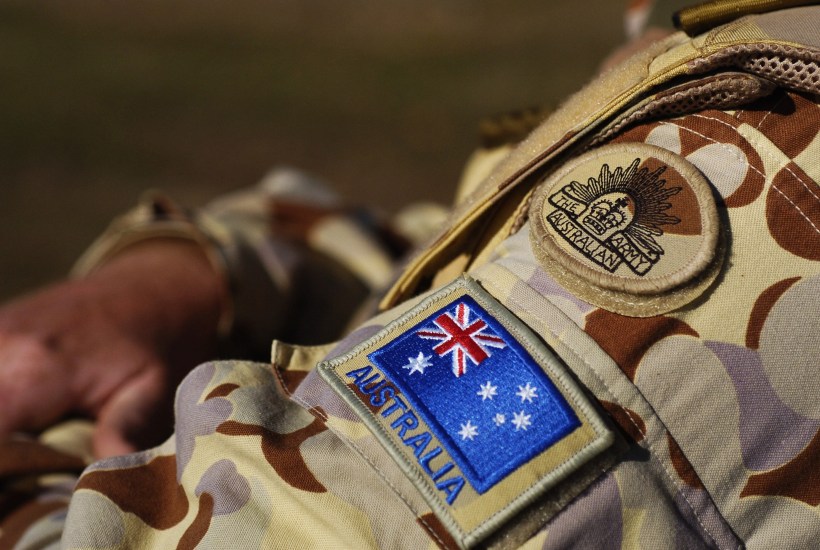
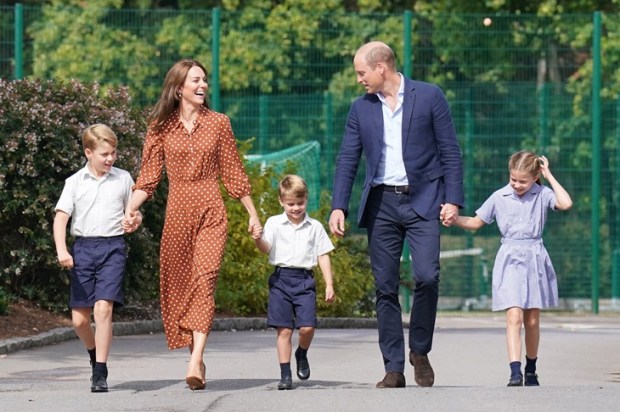
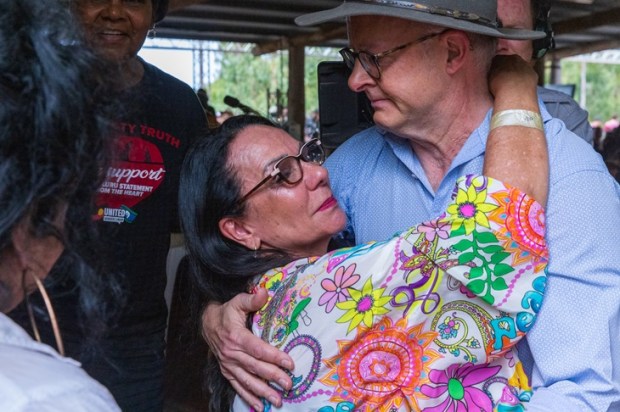

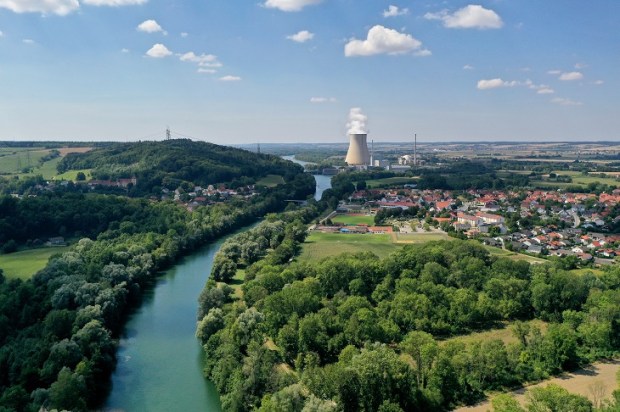
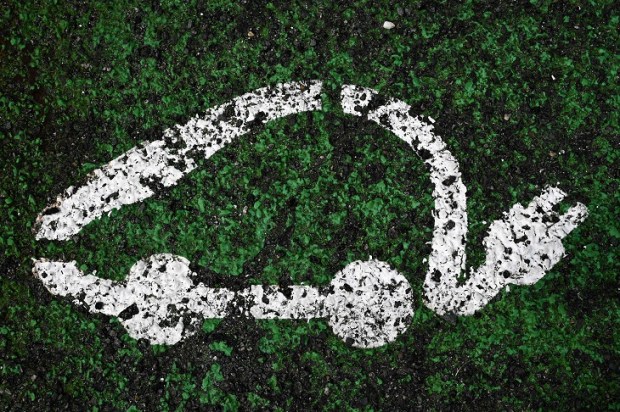
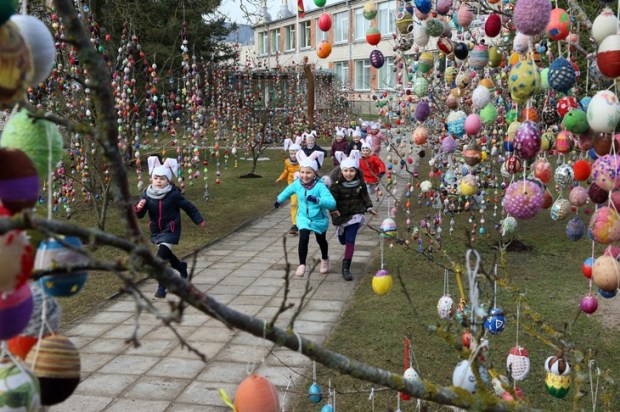


















Comments
Don't miss out
Join the conversation with other Spectator Australia readers. Subscribe to leave a comment.
SUBSCRIBEAlready a subscriber? Log in